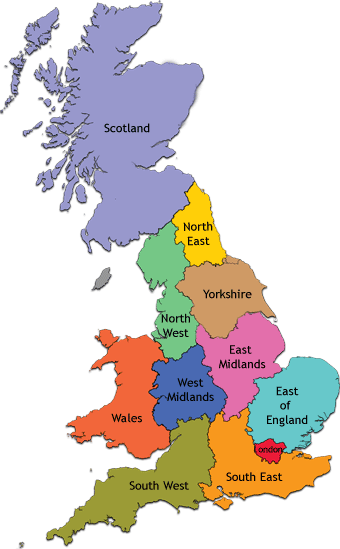"These tales bring to mind the Greek tragedies," [the Great Lady] said in a low voice. “They are of the same diamond dust, the same seed."
"What are these Greek tragedies?" the lord of the castle asked.
She sighed deeply and said that they were perhaps the greatest wealth of mankind. A simple treasure chest, like the one in which any feudal lord hides his gold coins…"
Told in simple and elegant prose, the story relates these ancient hatreds and impresses upon the reader how the oral traditions of the martial minstrels of the region managed to keep the conflict immortal with their songs.
Ismail Kadare, born in 1936, is Muslim by birth in an area of Albania that was primarily Christian. In a 1998 Paris Review interview, Kadare talks a little about the Albanian language and its literary traditions—how it had been mostly oral.
The wide-ranging interview is helpful in understanding what Kadare was saying in this novel. When it was written in the 1990s, the plains of Kosovo were again suffering under the onslaught of warring factions attacking each other "like beasts freed from their iron chains." Kadare had much experience writing under repressive regimes: he studied writing in the USS, and later published work under the regime of Hoxha in Albania.
In a review published in Britain’s The Independent in 1999, Kadare says that "personal freedom for the writer is not so important. It is not individual freedom that guarantees the greatness of literature…" We know this to be true, of course, though literature can also be nourished in a less repressive atmosphere. Kadare took the route of writing elliptical allegorical pieces that were more difficult to interpret, like Chinese writers have been forced to do for decades. In fact, Kadare’s work was so elliptical, some reviewers could mistake his meaning for support of the repressive regime.
Kadare claims this was never his intention. Maria Margaronis, who writes for The Nation, suggests in a review for the online magazine EXPLORINGfictions Kadare’s “Great Lady” in this novel was in fact Madeline Albright, U.S. Secretary of State at the time of the war in Yugoslavia, and that Kadare was again writing allegorically and elliptically a support of U.S. intervention to stop the war. Maragonis goes on to say
"But Kadare, of all writers, was uniquely well placed to express in fiction the contradictions facing his people in the post-cold war world. Instead his has chosen to continue the old game, throwing in his lot with those who see the Balkans as a cauldron of atavistic hatreds while claiming favored status for his own tribe. In the long run, this does the Albanians no favors."
Let’s say this: Kadare writes fiction eloquently, clearly, and persuasively. I hope to look further into his work.
A note on the translation: it was done by the incomparable Peter Constantine, who deserves full kudos for retaining the beauty of the writing.
You can buy this book here:








